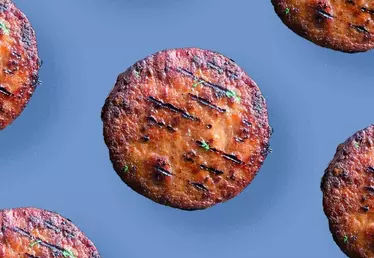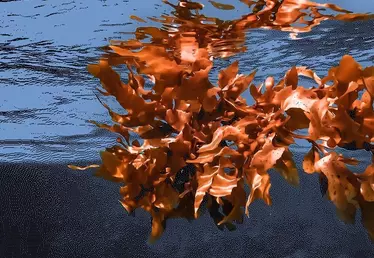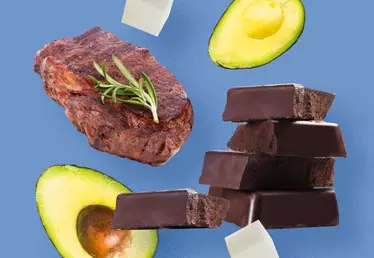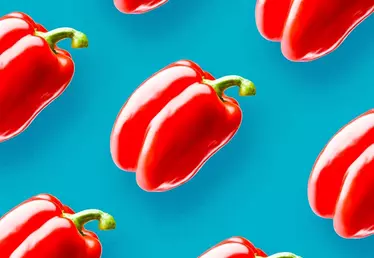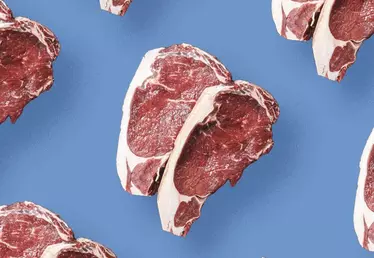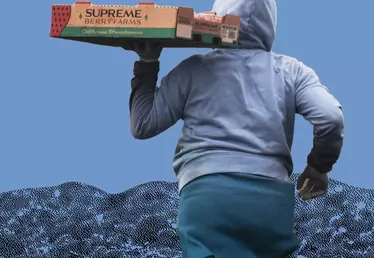
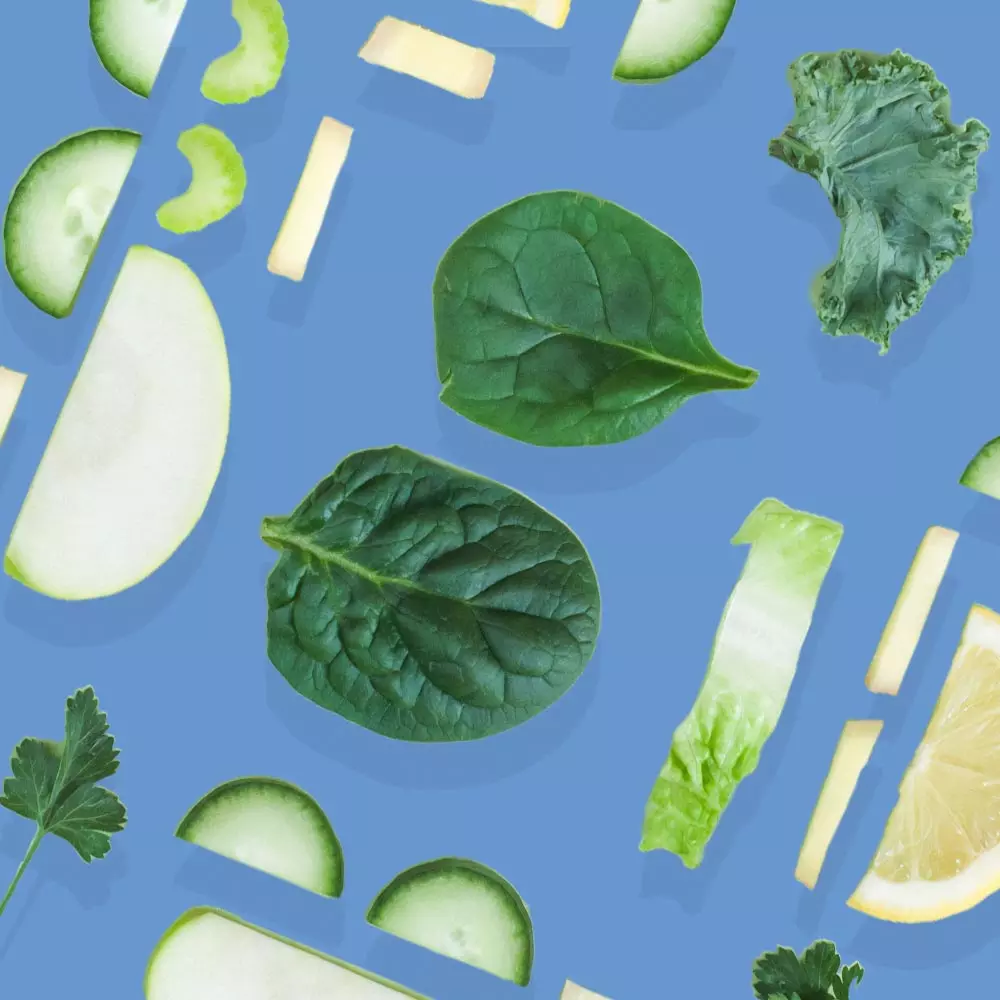
Hero banner custom title
Meet Kalima and Sylvain, directors of the “Foodorama” web series
4 min
According to a pioneering joint study conducted by the FAO (United Nations’ Food and Agriculture Organization) and the European Commission, food production, distribution and consumption accounts for more than one-third of all anthropogenic greenhouse gas emissions globally. Alarmed by this situation, two audiovisual professionals - Kalima Hammond and Sylvain Leurent - began an extraordinary adventure in 2018 when they cycled more than 20,000 kilometers between Canada and Peru “in search of tomorrow’s food solutions”. The result is 6 documentary episodes of 8 to 9 minutes apiece, viewable on France.tv‘s platform.
How did you come up with this crazy idea for a documentary series?
Sylvain Leurent - We wanted to do a big trip, plus we were both working in the audiovisual industry (Kalima in production and administration and Sylvain as a photographer-videographer). We wanted to develop a project and seeing as we are both attuned to environmental and food issues, we had the idea of meeting up with actors from the sustainable food sector and making this into a documentary mini-series. We chose an 8 minute short format to reach more people, especially younger ones who have yet to be sensitized to the concept of sustainable food. As subjects, we thought they would be more dynamic, also easier to find.
Kalima Hammond – Actually we weren't cyclists at all! The idea of cycling came afterwards, once we started looking into the best way to travel. We chose recumbent bikes because they are not only more comfortable but also attract attention – which really helped us to make contacts with the people we were meeting on the road. The idea was also to highlight the adventurous side of what we were doing, because people were likely to respond to that.
19 months on the road, 38 interviews, 17 local sustainable food initiatives filmed... How did you manage to overcome the dual challenge of cycling and making a documentary?
SL – All of the sites specializing in this kind of adventure say that you need to travel as lightly as possible. We had to carry around at least 10 kilos of audiovisual equipment, including a small hybrid camera and a video drone. It was a lot, especially when we found ourselves climbing mountain passes 4,000 meters above sea level! We also had all the equipment we would need to set up our own campsites. On top of which, recumbent bikes each weigh more than 20 kilos. Not to mention the fact that above and beyond all the traveling aspects, we also had to keep conducting documentary research to try and identify the people we were meeting on the road, while also finding the time to recharge our batteries, write episodes, make new contacts…
Which initiatives impressed you most, and why?
KH - The mayor of San Pedro in Guatemala is one of the people who inspired us the most. He had banned single-use plastic in a city located on the shores of Lake Atitlan, a gorgeous site but one that suffers terrible plastic pollution. The mayor had to really fight to get his initiative through, even having to face down a lawsuit from industrialists in the sector! He ultimately won, though, and the project is going really well, the locals are playing along – and tourists have flocked to the area! Since then, many municipalities around Lake Atitlan have followed suit, culminating in the construction of a waste sorting plant where previously there had been none.
SL - We were also very impressed by a young Mexican named Claudia, who lived in Chiapas and was part of the Zapatista movement there before deciding to return to the land of her ancestors, near Mexico City, to become market gardener. She took over a chinampa, one of those artificial islands built on a freshwater lake for farming purposes – being the approach that the Aztecs used to take to food-growing but which is under threat today. Claudia is growing vegetables now using agro-ecological methods. Her commitment is very deep and sincere and makes you want to do the same thing.
KH - Zenger Farm, in the United States, is also a place that impressed us. It is an urban farm that works with local medical centers to develop health programmes which translate concretely into doctors prescribing their patients vegetables, following which they can access a grant helping to fund their subscription to the AMAP Association for Maintaining Small-Scale Farming.
What's next?
KH – In early 2020, we were in New Zealand pursuing our project but then Covid forced us to shut everything down and go home to France. Since then, we’ve had one child and would like an even larger family. Still, we plan on picking the project back up in a few years, when we can bring the whole family along. To make things easier, though we’ll probably be using another means of transportation – and maybe cover some new topics!






